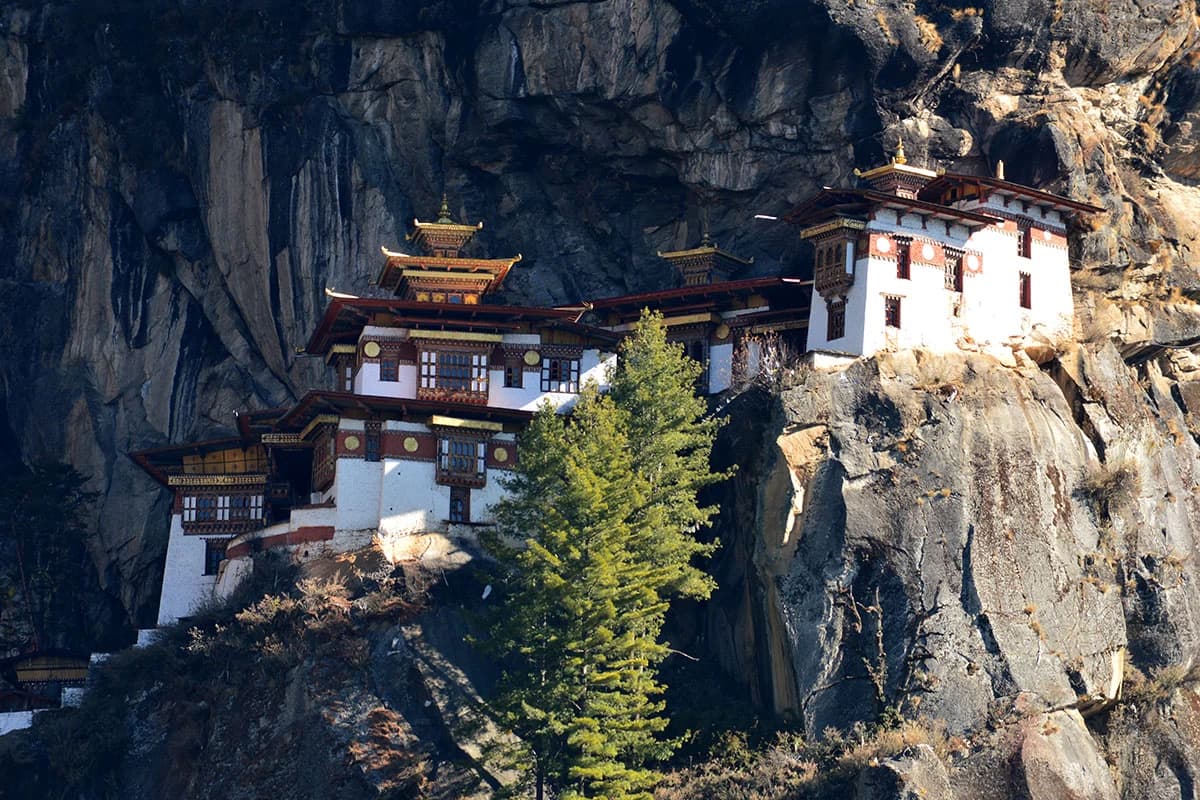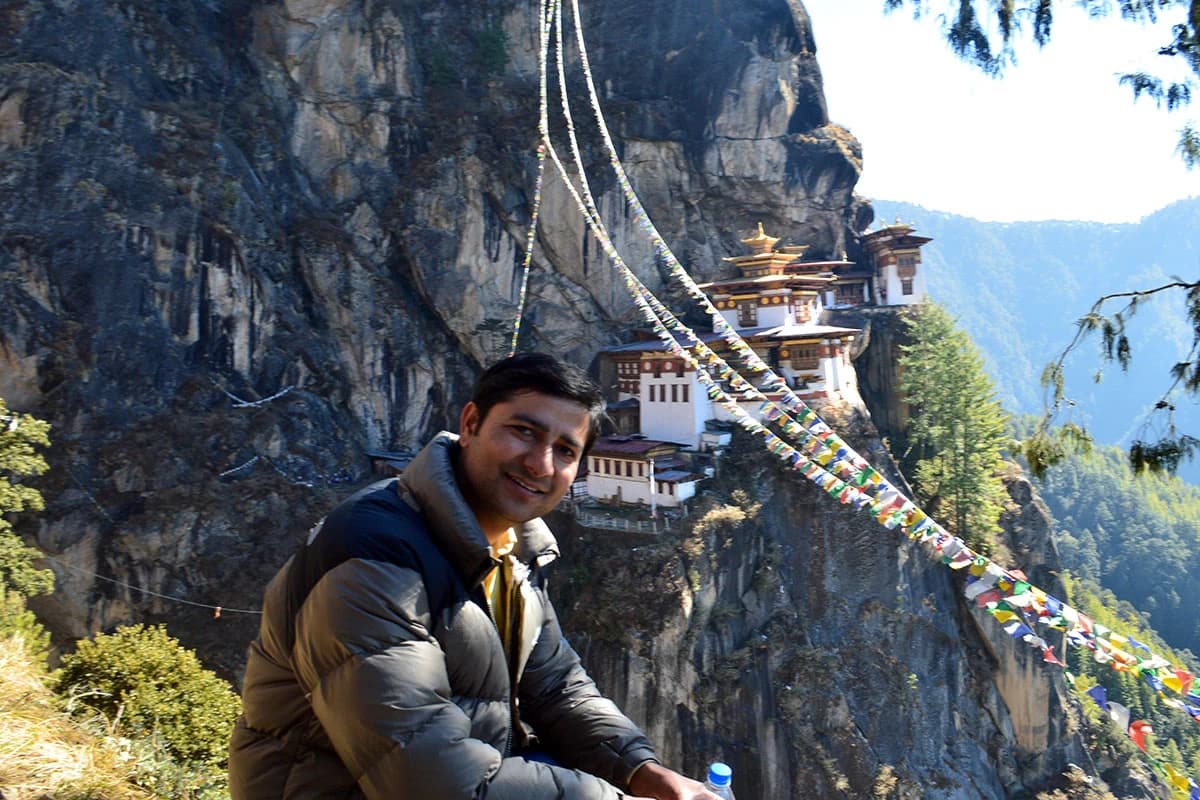Thimphu, Punakha and Paro are popular tourist destinations in Bhutan, known for their rich cultural heritage, natural beauty, and historic monuments.
Thimphu, the capital city of Bhutan, is a modern city with a mix of traditional Bhutanese culture and architecture. Visitors can visit the Memorial Chorten, Tashichho Dzong, and the Buddha Dordenma statue.
Punakha is a historic city and was the former capital of Bhutan. The city is famous for the Punakha Dzong, a magnificent 17th-century fortress, and the Chimi Lhakhang, a temple dedicated to the legendary saint, Drukpa Kuenley.
Paro is a beautiful valley surrounded by mountains and is home to several important cultural and historical sites. Visitors can visit the Ta Dzong, a former watchtower converted into a museum, and the Rinpung Dzong, a large fortress-monastery. The Tiger's Nest Monastery, one of Bhutan's most iconic landmarks, is a must-visit for those who enjoy hiking.
Overall, a tour of Thimphu, Punakha, and Paro offers a great opportunity to experience the unique culture and natural beauty of Bhutan.
Major Highlights
Thimphu Tashichho Dzong: This magnificent fortress serves as the administrative center of Bhutan and is a significant landmark in the city.
Punakha Dzong: This 17th-century dzong is one of the most beautiful architectural structures in Bhutan and is renowned for its intricate carvings and intricate design.
Paro Taksang (Tiger’s Nest): This iconic temple is perched on a cliff and is considered one of the most sacred sites in Bhutan.
Paro Rinpung Dzong: This historical fortress is home to the Paro Dzongkhag administration and is a popular tourist destination due to its architectural beauty.
Memorial Chorten: This famous Buddhist stupa is located in Thimphu and is dedicated to the third king of Bhutan, Jigme Dorji Wangchuck.
Motithang Takin Preserve: This park in Thimphu is home to the takin, Bhutan’s national animal.
Punakha Suspension Bridge: This unique bridge crosses the Po Chhu River and provides panoramic views of the surrounding landscape.
Chimi Lhakhang Temple: This temple is dedicated to the divine madman and is famous for its blessings for fertility and childbearing.
Chele La Pass: This high mountain pass offers breathtaking views of the Paro Valley and is a popular destination for tourists.
Drukgyal Dzong: This ruined fortress is located in Paro and was once a strategic military post. Today, it serves as a popular tourist destination and provides a glimpse into Bhutan’s rich history.


